NBA Cup: The Basketball Championship that Makes History
The NBA Cup revolutionizes the professional basketball calendar with an electrifying mid-season competition!
Ad
This innovative tournament has brought a new dynamic to the traditional 82-game regular season, offering fans playoff-like games that occur in November and December.
With personalized courts, an exclusive trophy, and million-dollar prizes, the NBA Cup represents the evolution of the planet’s most dynamic sport.
Want to understand why this competition is changing the landscape? Keep reading!
1. The History of the NBA Cup: How It All Began
The NBA Cup was born from Commissioner Adam Silver’s vision of creating a mid-season competition that would bring more interest and competitiviness to the league.
Inspired by the European soccer cup tournament model, Silver first proposed the idea in 2019.
After years of careful planning and negotiations with the Players Association, the tournament finally debuted in the 2023-24 season.
The main goal was to offer a meaningful tournament in the first third of the season, a period traditionally less exciting for fans.
The implementation represented one of the biggest structural changes in the league’s history since the introduction of the 24-second shot clock.
Initially, some questioners questioned whether players would take the NBA Cup seriously, but the enthusiasm shown on the court proved otherwise.
The Los Angeles Lakers, led by LeBron James and Anthony Davis, won the first edition, establishing a historic milestone.
The victory in the final against the Indiana Pacers crowned the Lakers as pioneers in this new era of American professional basketball.
2. The Competition Format: Understand Everything!
The tournament begins with all 30 NBA teams divided into six groups of five teams each, respecting the Eastern and Western Conferences.
In the NBA Cup group stage, each team plays four games, facing every other team in its group once.
A fascinating aspect of the tournament is that these games also count towards the regular season, optimizing the league’s schedule.
Group stage games are played on Tuesdays and Fridays in November, known as “NBA Cup Nights.”
The champions of each group, plus the best second-place team from each conference, advance to the quarterfinals, totaling eight teams.
From there, the tournament adopts a single-elimination format, with quarterfinals, semifinals, and the grand final held in Las Vegas.
The final is the only game in the tournament that does not count towards the regular season, preserving the league’s statistical integrity.
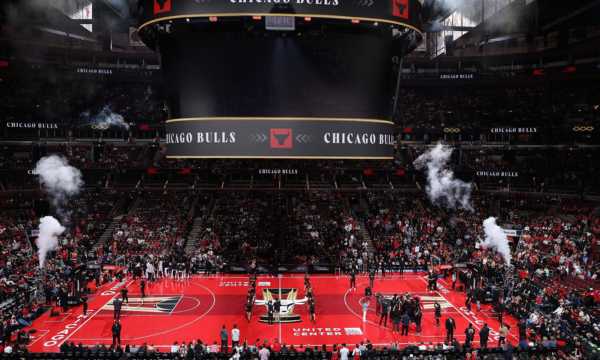
NBA Cup held in Las Vegas (Google Source)
3. The Players Making Their Mark in the Tournament
Superstars like LeBron James have shown immense commitment to the NBA Cup, treating each game with the same seriousness as the playoffs.
In the first edition, Anthony Davis dominated the colorful courts, being named the tournament MVP after masterful performances.
The competition also provides a showcase for emerging talents to prove their worth in high-pressure games.
Coaches use specific strategies, often keeping their stars on the court for more minutes due to the importance of the games.
Teams that would normally rest veteran players in regular November games mobilize their entire roster for the NBA Cup.
Physical and mental preparation has become an integral part of teams’ season planning. Players like Stephen Curry, Kevin Durant, and Nikola Jokic have further elevated their game levels during tournament nights.
Highlights from the first edition:
- Anthony Davis (Lakers): Tournament MVP with averages of 26.4 points and 12.9 rebounds.
- LeBron James (Lakers): Fundamental leadership in winning the title.
- Tyrese Haliburton (Pacers): Tournament revelation, leading Indiana to the final.
- Stephen Curry (Warriors): Averaged 30+ points in tournament games.
4. Prizes and Recognition: What’s at Stake?
Each player on the NBA Cup champion team receives an individual bonus of $500,000, creating extra motivation for high-level performances.
Runners-up are also rewarded with $200,000 per player, while semifinalists receive $100,000 and quarterfinalists $50,000.
Besides the financial aspect, the winner receives the iconic trophy, specially designed to represent this new era of basketball.
The MVP receives an individual trophy, elevating their status and creating a new milestone for league stars.
The competition also offers special recognition in the form of the All-Tournament Team, highlighting the tournament’s top five players.
Notably, game statistics count towards regular season numbers, allowing players to improve their averages.
This prize system was carefully crafted to ensure that all participants give their best in every game.
5. Teams Participating in the NBA Cup
All 30 NBA teams automatically participate in the tournament, creating a truly comprehensive competition representing the entire league.
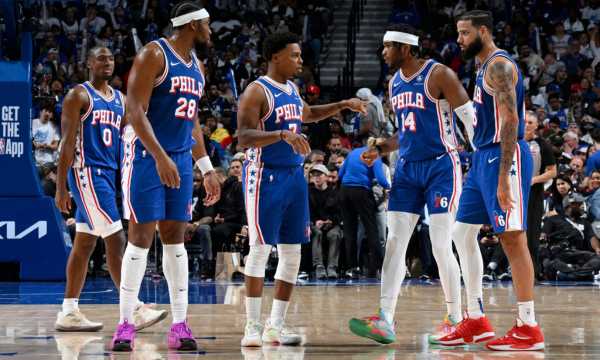
NBA Cup- Team 76ers (Google Source)
The group distribution is strategically planned to balance competition among teams of different levels.
Teams like the Lakers, Celtics, Bucks, and Warriors entered the first edition of the tournament as natural favorites due to their star-studded rosters.
Surprisingly, smaller market franchises find in the tournament an opportunity to shine on a national level.
The Indiana Pacers, for example, reached the final of the first NBA Cup edition, showing that the competition can reveal unexpected strengths.
The structure allows rebuilding teams to have achievable goals during the season, increasing fan engagement.
Team distribution in the first edition:
- Group A East: 76ers, Cavaliers, Hawks, Pacers, Pistons.
- Group B East: Bucks, Knicks, Heat, Wizards, Hornets.
- Group C East: Celtics, Nets, Raptors, Bulls, Magic.
- Group A West: Grizzlies, Suns, Lakers, Jazz, Trail Blazers.
- Group B West: Nuggets, Clippers, Pelicans, Mavericks, Rockets.
- Group C West: Kings, Warriors, Timberwolves, Thunder, Spurs.
Groups are reorganized each year, ensuring renewed matchups and maintaining fan interest.
6. Must-Watch Clashes and Heated Rivalries
Teams that would normally meet only twice in the regular season can have decisive duels in the NBA Cup, adding chapters to their stories.
The knockout nature of the final stages creates an atmosphere of tension comparable to the playoffs, even early in the season.
Traditional classics like Lakers vs. Celtics gain a new dimension when they occur within the tournament.
The neutral arena in Las Vegas for the semifinals and final provides a unique atmosphere, different from home or away games.
Coaches specifically study their opponents, developing customized strategies for these high-stakes matchups.
Defensive intensity in games often surpasses the standard seen in the regular season, with teams valuing every possession.
Memorable matchups from the first edition:
- Lakers vs. Suns: Reviving recent playoff rivalry.
- Bucks vs. Heat: Continuation of intense duels.
- Lakers vs. Pelicans: Match marked by the Anthony Davis trade.
- Pacers vs. Celtics: Indiana overcoming the favorite in the quarterfinals.
- Lakers vs. Pacers (Final): LA veterans vs. Indiana’s fast-paced attack.
7. Records Set During the Tournament
The NBA Cup, even in its early stages, has already established important statistical milestones and records to be pursued in future editions.
LeBron James made history by becoming the first captain to lift the trophy, adding another achievement to his legendary career.
During the inaugural group stage, several games recorded exceptionally high scores due to the teams’ offensive intensity.
The first triple-double in NBA Cup history was recorded by Nikola Jokic with 32 points, 16 rebounds, and 10 assists in a group game.
Anthony Davis set the tournament final scoring record with 41 points in the Lakers’ victory over the Pacers.
The largest margin of victory in tournament history occurred when the Celtics defeated the Bulls by 27 points in the group stage.
The highest combined scoring game happened between the Kings and Timberwolves, totaling 256 points in an offensive epic. Defensively, Rudy Gobert set the record for 7 blocks in a single game.
8. What Makes the NBA Cup So Special?
Specially designed courts, with colorful and bold designs, create an instantly recognizable visual identity for the tournament.
The concentration of decisive games in Las Vegas transforms the city into a basketball celebration, attracting fans from across the country.
Unlike the playoffs, which occur only after 82 games, the NBA Cup offers high-pressure knockout matchups in the first third of the season.
The compact format allows teams with temporary injuries or in the process of building chemistry to still have a chance to win a significant title.
Special broadcasts with unique graphics and presentation elevate the viewer experience.
For players, the tournament serves as additional motivation at a time in the season that previously lacked major immediate goals.
The introduction of the NBA Cup reveals the league’s ability to evolve and reinvent itself even after decades of success and tradition.
Final Considerations
The unique tournament format has brought new energy to the first half of the season, offering playoff-like games in November and December.
The enthusiasm shown by players, even veterans accustomed to valuing only the NBA title, fully validated Adam Silver’s vision.
The colorful courts, distinct trophy, and Las Vegas experience created a unique identity for the NBA Cup without diminishing the importance of the regular season or playoffs.
The success of this format opens the door to other innovations in the sport, always seeking to improve the experience for players and fans.
What started as a bold experiment quickly transformed into an essential and celebrated part of the modern NBA.
FAQ
1. Does the NBA Cup replace the NBA regular season or playoffs?
2. What happens if an NBA Cup game ends in a tie?
3. Do all NBA Cup games count towards regular season statistics?
4. Can the NBA Cup influence playoff standings?
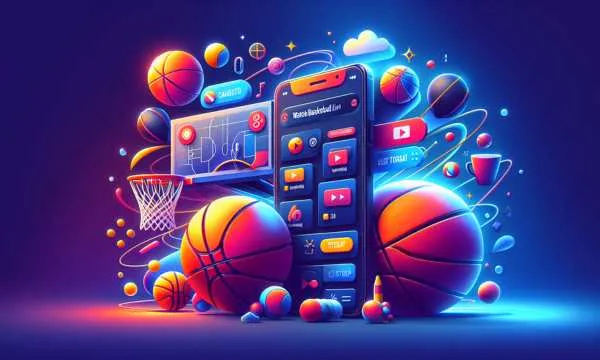 Watch Live Basketball: Best Streaming Apps
Watch Live Basketball: Best Streaming Apps
Remember when catching a game meant rearranging your entire evening around cable schedules? Live basketball streaming changed that forever. Ad Today, you can watch live basketball […]
Keep reading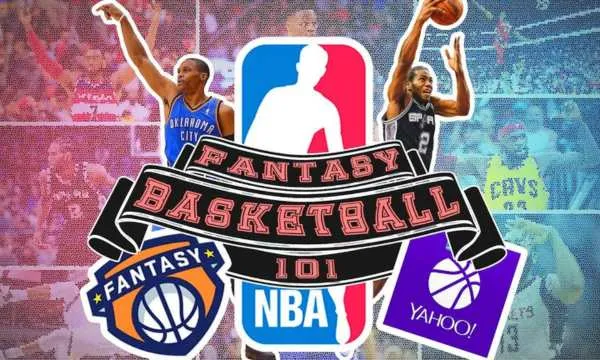 NBA Fantasy: Best Apps to Build and Manage Your Champion Team
NBA Fantasy: Best Apps to Build and Manage Your Champion Team
NBA fantasy turns real games into a strategic, data-driven adventure where you manage a roster, make smart moves, and enjoy friendly competition. Ad In this article, […]
Keep reading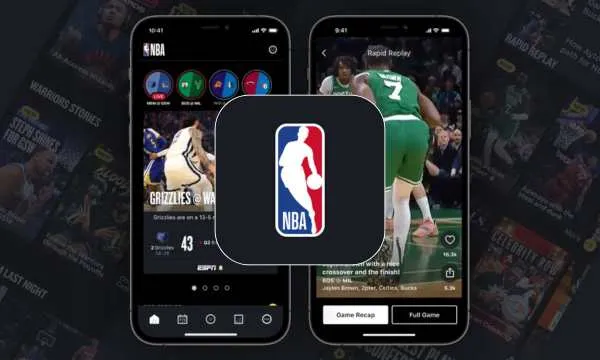 NBA App: Watch Live Games & Highlights
NBA App: Watch Live Games & Highlights
The NBA App has evolved into a powerful hub for fans seeking live action, quick highlights, and original stories that bring the league closer than ever. […]
Keep reading